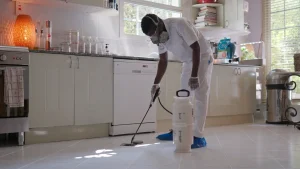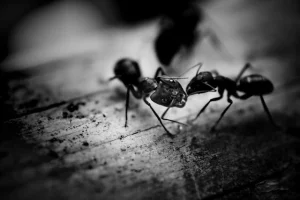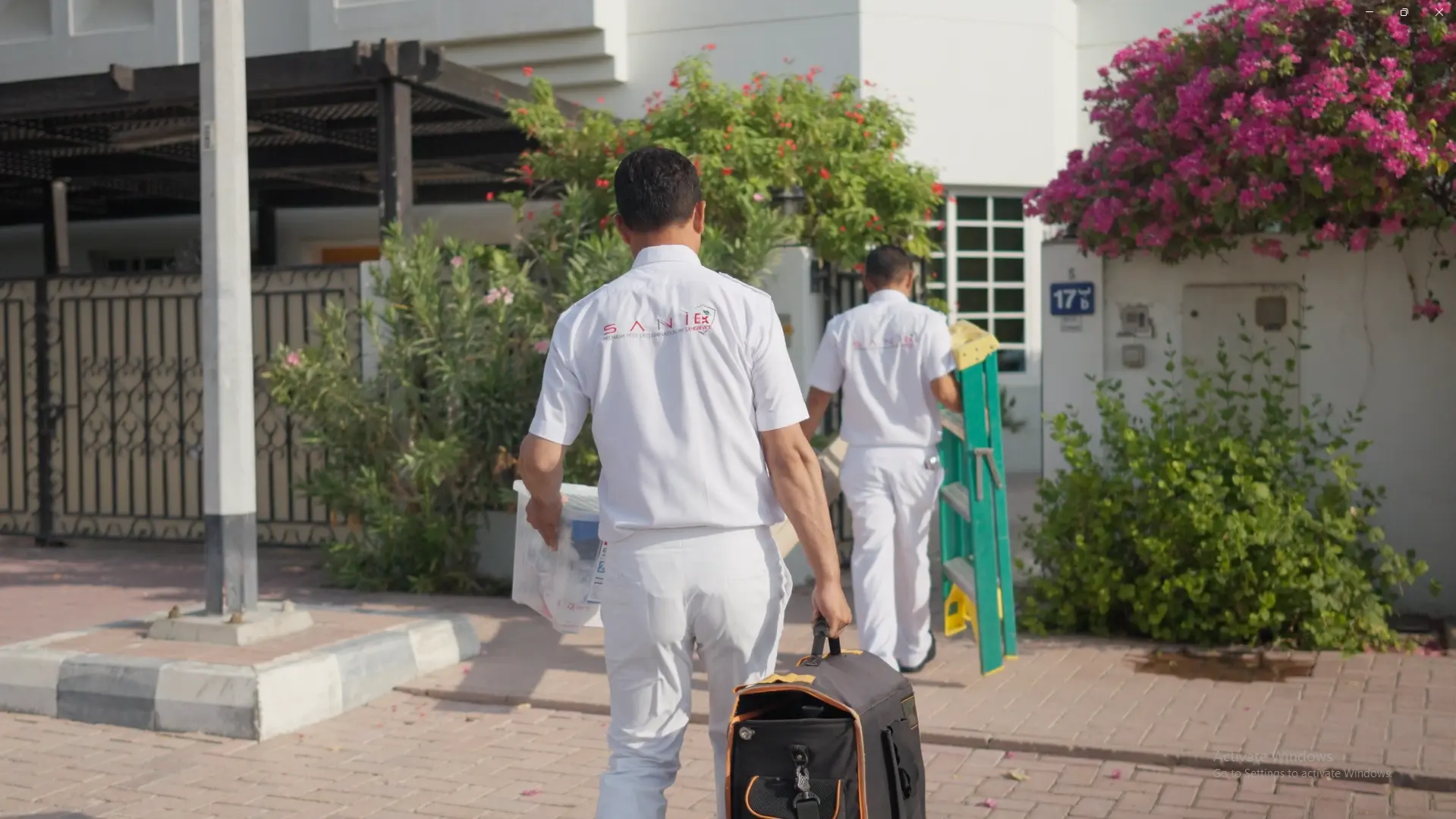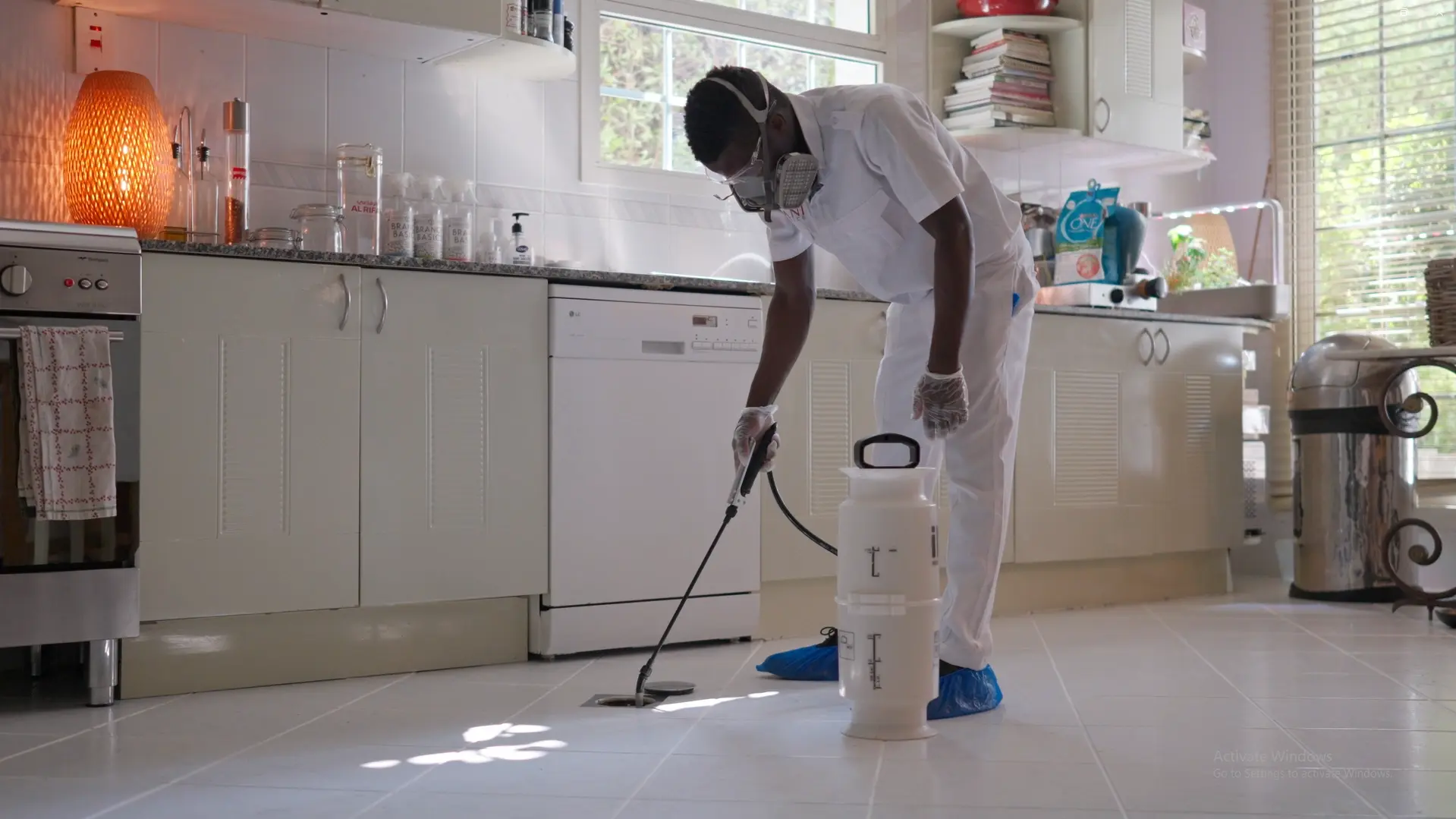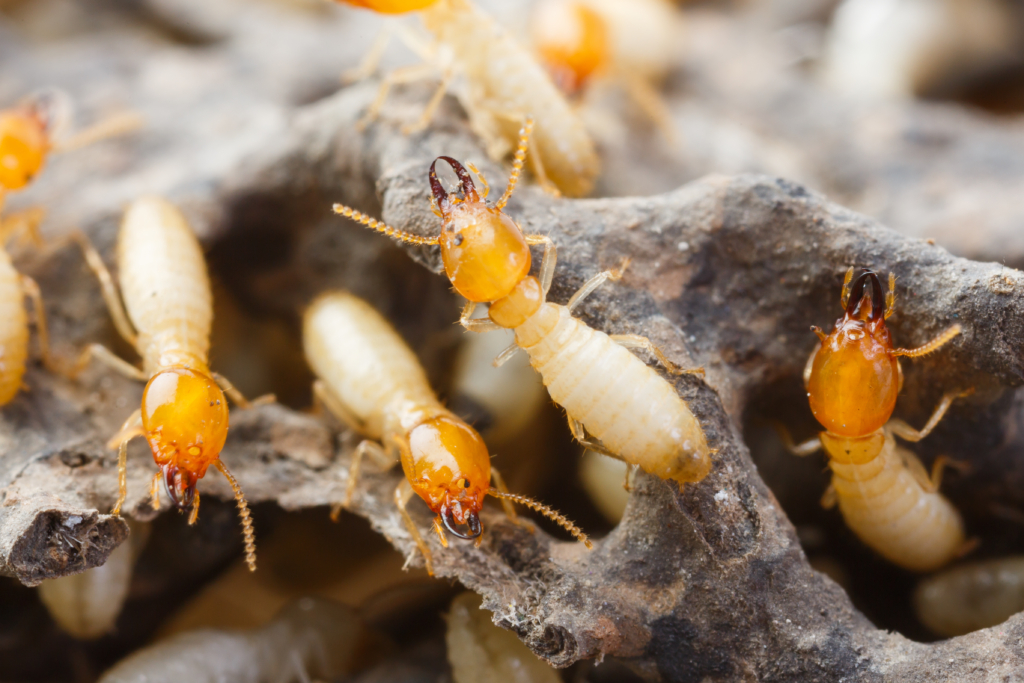
Discovering termites in your home often leads to an immediate call to pest control companies. But when one company suggests using baits and another proposes liquid insecticides, the choice can become confusing. To assist you in making the right decision for your home, this article aims to compare these two primary termite treatment methods, discussing their pros and cons.
Understanding Termite Treatments: Baits and Liquid Insecticides
Termite treatment generally fall into two main categories: baiting systems and liquid insecticides, also known as termiticides. The appropriate choice largely depends on various factors, including the extent and type of infestation, your home’s construction, environmental considerations, and your comfort level with each approach.
- Termite Baits: Termite bait systems involve placing bait stations in the ground around your home. The baits contain cellulose materials (a termite food source) combined with a slow-acting insecticide. Worker termites find the bait, consume it, and share it with the rest of the colony, causing a gradual decline in the termite population.
- Liquid Insecticides: These are applied in the soil around and under your home, creating a treated zone that kills termites as they come into contact with it. Non-repellent termiticides are commonly used, allowing termites to move through the treated soil unknowingly, carrying the lethal substance back to the colony.
Baits vs. Liquid Insecticides: A Comparison
Here’s a closer look at these two treatment methods, exploring their benefits and potential drawbacks:
Installation and Implementation:
Baiting systems are less intrusive as they don’t involve drilling through slabs or foundation walls. However, they require regular monitoring and maintenance, which could span over months or even years. Liquid treatments, on the other hand, often involve more extensive preparation, such as drilling into slabs and trenching around your home’s perimeter. But once applied, they can provide a faster resolution to the infestation.
Effectiveness:
Both methods have proven to be effective at eliminating termite colonies. Baits can be a more desirable solution when there’s a need to confirm that the colony has been killed, as dead termites will often be found in the bait stations. Liquid treatments, however, can kill termites more quickly and provide an immediate protective barrier around the home.
Environmental Impact:
Baiting systems generally use less insecticide than liquid treatments, making them a more eco-friendly choice. Liquid treatments require a larger volume of chemicals, which can disperse into the soil. However, modern termiticides have been designed to bind closely to soil particles, minimizing their spread into groundwater.
Safety:
Both methods are considered safe when applied correctly. With baits, there is very little risk of exposure to the insecticide since it’s contained within bait stations placed in the ground. Liquid treatments may pose a slightly higher risk during application due to the volume of insecticide used. However, once it’s applied and the treated area has dried, the risk is minimal.
Choosing the Right Approach
The choice between baits and liquid insecticides isn’t a question of one being universally better than the other; instead, it depends on your specific situation and preferences. Here are a few considerations:
- Home Construction: For homes with crawl spaces or basements, a liquid treatment may be more appropriate. If your home is on a slab or has features that limit access to the soil underneath, baiting systems may be a better choice.
- Extent of Infestation: Liquid treatments can provide a faster solution for extensive infestations. Baits may be more suitable for addressing smaller, less urgent infestations or as a preventive measure.
- Environmental and Safety Concerns: If minimizing environmental impact and exposure to insecticides are primary concerns for you, baiting systems might be the preferred choice.
Conclusion
When it comes to choosing between baiting systems and liquid termiticides, the best termite treatment method is the one that suits your specific situation. It’s important to discuss your concerns and preferences with a pest control professional, who can recommend the most effective and suitable treatment for your home.
Understanding the nature of these treatments can help you make a decision you’re comfortable with. Remember, the ultimate goal is to protect your home against these destructive pests, ensuring its integrity and value for years to come.




